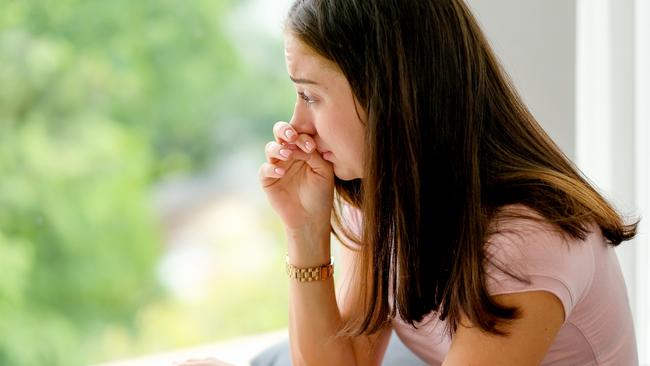The loneliness outbreak
As Baby Boomers begin to die off, the issue of loneliness is likely to gather momentum.

The early 2020s will surely become known as an inflection point in our way of life. After all, here was a period in which the global order was challenged, plague wreaked havoc upon millions, borders closed and diplomatic tensions skyrocketed. And while any of these events are capable of changing our way of life, they are occurring at a time when social change is imminent. That social change is a possible outbreak of loneliness.
Loneliness wasn’t considered a serious issue in the post-war era because at that time adults rarely lived alone. Couples married and had children in their early twenties. Divorce or separation was uncommon. Today the situation is different. Couples typically do not pair up and have kids until their thirties. Many young people choose to live singly. And of course relationships today are far more likely to end in separation and divorce.
Also, life expectancy has pushed out into the eighties, which can mean two decades without the social benefit of regular connection with a workplace and, potentially, more years spent living alone. There are now more periods across a typical life cycle when adults may not live in the company of a partner, parent, sibling or housemate.
The issue of loneliness is likely to gather momentum in the decade ahead. The reason is that during the 2020s the baby boomer generation will leave work, straddle the 70-something decade, and – how can I put this delicately – begin to die off, leaving a single partner to carry on alone. Initially this demographic shift will exacerbate the skills shortage as boomers retire en masse, but it could also trigger a surge in social isolation as formerly working couples retire and find that they now struggle to live together 24/7 in the same space; there is also a very real prospect of an extended widowhood.
Of course, many single people live happy, connected, exciting lives flitting between friends, family, hobbies, “causes” and everything in between. Technology and social media help singles to remain connected even when kids and friends don’t live locally. Many people are comfortable living alone rather than remaining in an unhappy relationship. But the happily single are not the issue. The issue is the extent to which some people feel lonely within the greater community. The problems of social isolation, of loneliness, can lead to poor mental health outcomes without someone there to act as a sounding board.
Perhaps what we really need is a program of social inclusion driven by sporting and service clubs, church groups, businesses and others to create opportunities for interaction. We should call for volunteers, include people from outside known circles and liaise with community leaders to identify those who may respond to an invitation to join. But make the pathway easy. Suggest to invitees that they might like to join a working bee. Participate in a discussion group. Be part of a book club. Can they bake? “Desperately seeking scones” is sure to get a response. Call out and you’ll strengthen our community in the process.
While the headlines focus on global political events, we shouldn’t lose sight of the fact that our real strength as a community lies in the way we hold together in the face of pandemic, under the threat of conflict or even amid an outbreak of loneliness. A community that actively seeks out, that draws in, that cares for the vulnerable, the lonely and the marginalised, is a community worth fighting for. And that, in my view, is the way we can best prepare ourselves for whatever lies ahead in the 2020s.



